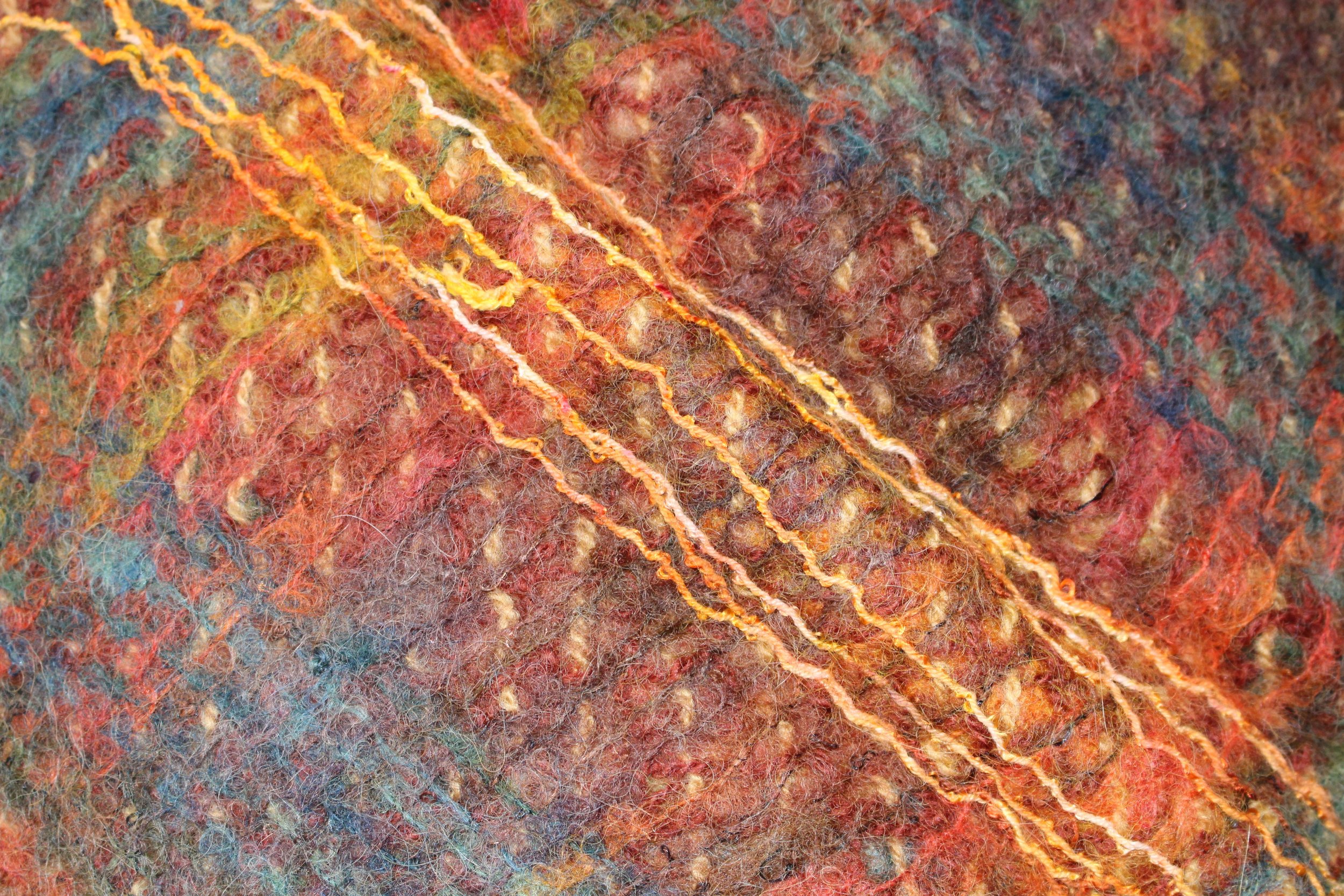I am not a mathematical person and it helps if your tutor loves maths!
I am fascinated by the way in which maths explains nature but doesn’t define it. I did research certain mathematical concepts which are rhymical and repetitious in nature – the Fibonacci Principle and the Golden Ratio and I looked at geometry in nature. I like the concept of drawing a spiral that replicates those found in nature from drawing squares according to the Fibonacci Principle. In the context of my work the spiral represents the proboscis of the moth.
“From the simplest observation in nature to detailed measuring of intricate forms we find geometry everywhere in the world around us.” Geometry in Nature by John Blackwood. John shows how many forms in nature are generated by the same basic geometic process. I enjoy looking at how nature is explained by geometry even though numbers are not my thing. I see the visual connections of shape, repetitions and forms which I enjoy and can take forward in my designs.
Bridget Riley’s work suggests movement by colour juxtaposition within the variation of the lines and shapes she has meticulously calculated. Her geometric paintings implore the viewer to reflect on how it physically feels to look, her objective being to interrogate what and how we see and to provoke uncertainty and clarity with her paintings, allowing the viewer to complete the experience of the painting. By looking at the work of Bridget Riley I have a deeper understanding of my own voice and how I can say it within my work.
There are a couple of quotes by Bridget Riley that resonate with me:
"For me nature is not landscape, but the dynamism of visual forces."
“If you allow colour to breathe, to occupy its own space, to play its own game in its unstable way, it’s wanton behaviour, so to speak. It is promiscuous like nothing.”
By Maggy Lightfoot
